Cover Crops
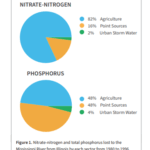
Illinois Nutrient Loss Reduction Strategy & Agricultural Conservation Practices
This 1-pager created by Illinois Extension, gives a brief overview of the Illinois Nutrient Loss Reduction Strategy (INLRS), highlights nutrient loss in Illinois, impacts of nutrient loss, and conservation practices that can address in-field and edge of field nutrient loss.
Download Documents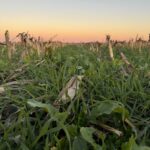
Digging Deeper: Cover Crop Mixes
Cover crop mixes are a great tool that can be used to address a wide range of field concerns and production goals. This resource is meant to guide your design of a cover crop mix that is applicable to your production environment, highlight various considerations of mix designs, and support your development of an adaptive strategy to successfully use multispecies cover crops on your farm.
View WebsiteThe Financial Implications of Conservation Agriculture Booklet
This booklet aims to inform farmers’ key partners—in particular, farm business management educators, agricultural lenders, and conservation educators and professionals—about the financial costs and benefits of conservation agriculture practices to assist their work with farmers.
View Website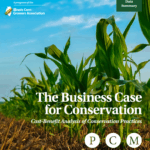
Precision Conservation Management: The Business Case for Conservation
Precision Conservation Management (PCM), is a program of IL Corn and Illinois Soybean Association. PCM released their annual “Business Case for Conservation” that offers data highlights gleaned from farmers in Illinois. The results are useful for farmers across much of the Midwest in regard to nitrogen application, cover crops, and tillage management.
View Website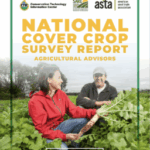
National Cover Crop Survey Report 2022-2023
From increasing yield to improving soil health, find out why farmers use cover crops. Since 2012, SARE, CTIC and other partner organizations have periodically conducted a national survey of farmers on their experiences with cover crops.
View Website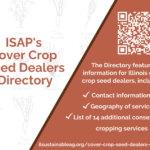
Cover Crop Seed Dealers Directory
Click here to access a searchable, filterable live version of the directory.
Click here to add your business to the directory by completing our submission form.
ISAP does not endorse any particular program or company. Our goal is solely to share information among our farmer networks. The information in this directory was accurate at the time of publication (August 2023), but we encourage you to contact the service providers listed for the most up-to date information. If there is information in this directory that needs to be updated, please contact ISAP at hello@ilsustainableag.org
Download Documents